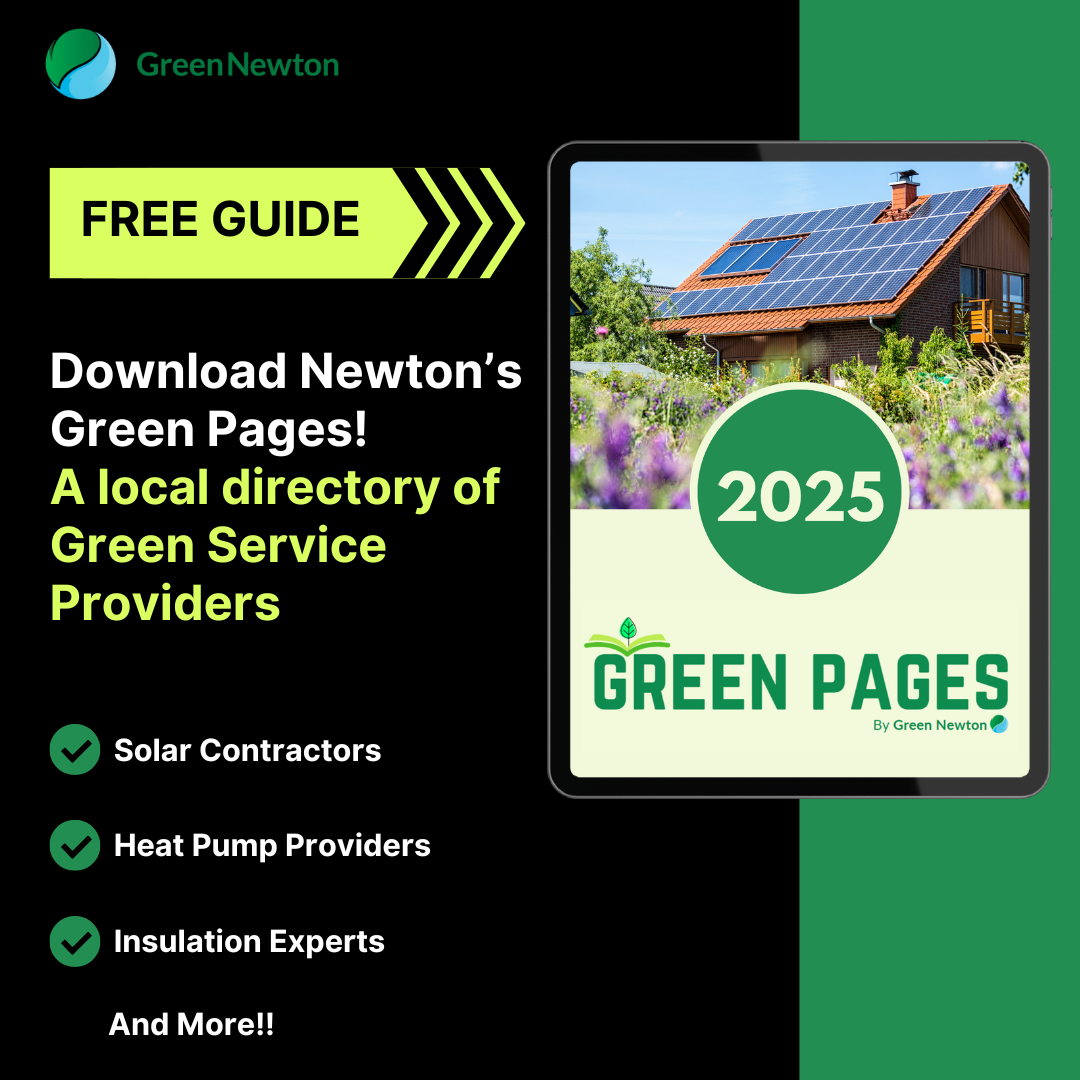1. PAPER – Goes in the classroom green buckets. If you can tear it, recycle it—unless it’s wet or food stained. 5th graders bring recyclable paper to big grey garbage bins that read “paper only”.
2. CURBSIDE – This category includes plastic, metal and glass. Yogurt cups, aluminum foil, juice boxes, seltzer cans are examples. These items get a quick rinse and are collected in classrooms.
3. STRETCH PLASTIC – Plastic bags, plastic wrap and baggies though nothing wet or food stained. Mr. Gluck brings the items to Stop & Shop, Star Market or Whole Foods and they are eventually recycled back into new stretch plastic. Never put plastic bags or plastic food wrap curbside because it will gum up the automated sorting machines.
4. STYROFOAM – No packing peanuts, but white Styrofoam pieces can be recycled. Mr. Gluck brings them to the Rumford Ave Resource Recovery Center, and they are recycled into hard PVC plastic like park benches!
5. COMPOST – During lunch period, and snack time in classrooms, students put peels, cores and stems from fruit in a sealable container plus pencil shavings and an occasional paper towel. Compost goes into a yellow bucket in the lunchroom…or for older kids, into the large compost bin in the garden.
Tips for teachers
If heading out of the classroom for more than a few minutes, manually turn off the lights. Keep shades up to allow solar warmth in if it’s cold and sunny; down to keep out the sun on hot days. Windows cracked open in the early part of the day, closed as the heat builds.


Recently on Twitter